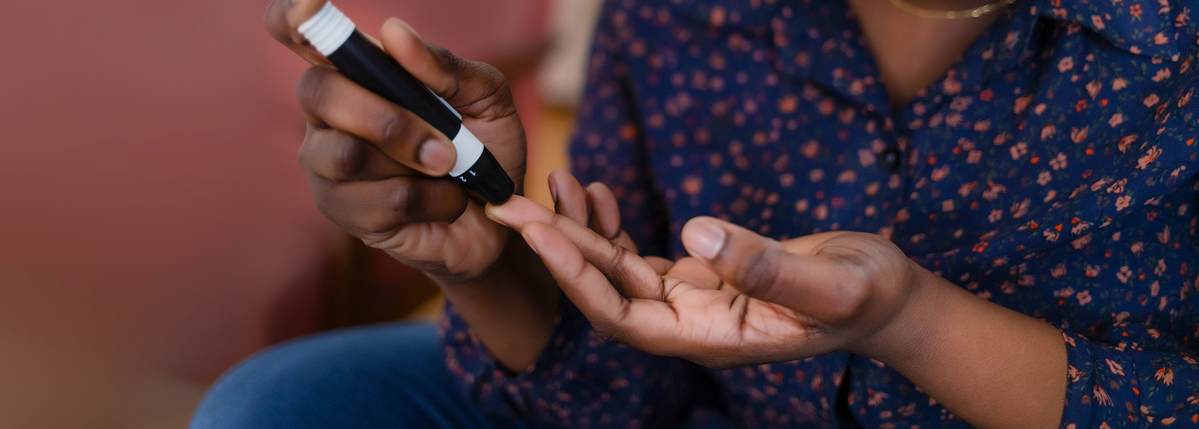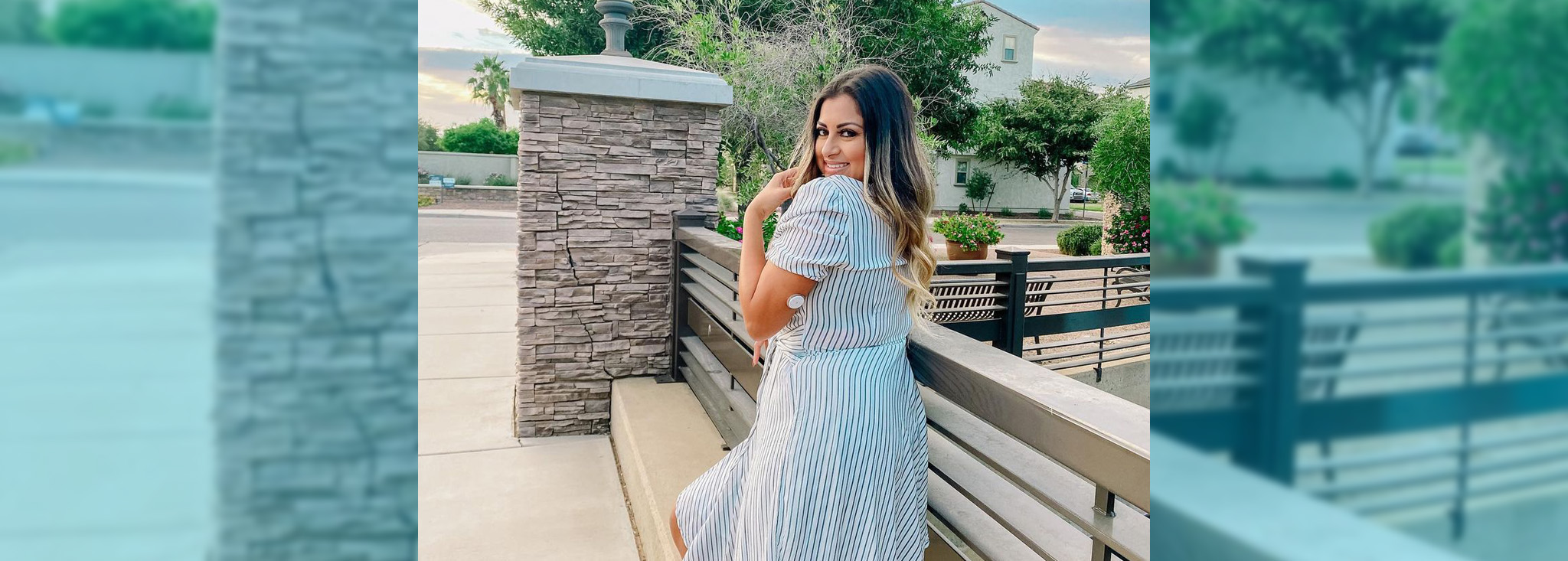Actress Elizabeth Perkins on Her Type 1 Journey
Written by: Alexi Melvin
5 minute read
January 3, 2020
Lasting impact
There are few actors that resonate with multiple generations and whose careers truly stand the test of time. Elizabeth Perkins is one of them. If you have even a vague knowledge of film and television in the last 34 years, you very likely know Elizabeth. Whether you have watched her more times than you can count as Susan in the beloved classic “Big” or were a mega-fan of her feisty portrayal of Celia Hodes on “Weeds,” the list goes on.
Elizabeth’s career has been about as diverse as any actor can hope for, and she is certainly not done yet. Although most of us are familiar with her thriving career, what a lot of us might not be quite as aware of is Elizabeth’s type 1 diabetes diagnosis—and how her life, both onscreen and off, has evolved ever since.
“It was just so random,” she explains, what with there being no history of type 1 in her family. “I was 45 years old. I ate really well. I always took good care of myself.”
Elizabeth remembers that it was around the time she was filming Season 2 of “Weeds” that an ongoing, undiagnosed illness finally became clear.
“It was so overwhelming when I was first diagnosed because I hadn’t felt well for about three years. I was going to doctors and they’d say, ‘We didn’t find anything wrong with you, there’s nothing wrong with you,’ and then, ‘Have you tried antidepressants?’ It became—Is this really in my head?”
It wasn’t apparent until a blood test done by her OBGYN revealed a blood glucose level of 640. From there, Elizabeth was sent straight to the hospital. A type 1 diabetes diagnosis was immediate. And to top it off, her general practitioner gave her every reason to not return to his practice after his approach to the diagnosis.
“He just handed me a vial of insulin and syringes and said, ‘Well, now you’ve got diabetes, I’ll see you later,’” the actress recalls. “I went back to the set and was just trying to figure this out. He didn’t give me any graph to go on. He didn’t say, ‘Do 10 units of long-acting in the morning, do one unit for every 10 carbs you eat.’ There was no conversation.”
Building a team
Despite a horrifying introduction to type 1, Elizabeth soon found respite in Dr. Anne Peters, MD, a top diabetes specialist and director of Clinical Diabetes Programs at the University of Southern California. It took her nearly a year to feel in some sense that she could move past the traumatic experience and for a long period, she wanted to hide her type 1 from the people that she worked with on film and television sets.
“I felt so sad,” Elizabeth says. “I didn’t want anybody to know I was that sad. I just didn’t want it to affect my work.”
Today, her working dynamic has changed drastically. The first thing that she does on a new set is locate the first assistant director and let them know about her type 1 diabetes (T1D).
“I say ‘Look, I have type 1 diabetes. I’ve had it for 15 years. I’m in tight control of it but this is what you need to know about it.’”
Having lived with T1D for well over a decade now, Elizabeth is not afraid to ask for help when she needs it—literally. Her safe word both while on sets and in daily life is simply help.
“‘Help’ means that I’m so low and I came down so fast that I need your help,” she says. “If I say, ‘I need five minutes,’ that means I’m probably heading down or I’m feeling really high and I need to manage it for five minutes. Other than that, I’m good.”
Elizabeth also relies on her long-time assistant of 22 years to keep her management in check while filming: “She’ll just walk over with my kit and say, ‘Check your numbers right now or I think you should have some glucose right now.’ She can tell just by how I’m saying my lines. If I’m struggling with remembering them, I’m probably heading down. If I’m starting to get sweaty and tense, I’m probably heading up.”
Elizabeth has also learned some T1D hacks for dinner table or other food and beverage-related scenes.
“Every time we’ll shoot a scene at a restaurant, they’ll ask, ‘So, is grape juice okay for wine? What about ginger ale?’” She teaches film crews to instead use watered down iced tea to resemble wine.
Changing it up
Elizabeth recently starred in FOX’s six-part Christmas special “The Moodys” and was so outspoken about her T1D now that her co-stars, including actor Denis Leary, playfully called her out for it.
“I was so ‘out there’ with my [type 1] that they would all be like, ‘Yes, we know! You have type 1!’ she says, laughing. “That was a huge leap for me.”
When it comes to giving advice to aspiring actors with T1D, Elizabeth urges others not to be afraid to talk about their disease with the people that they work with, to avoid any repercussions: “Eventually, it’s going to bite you in the ass. Eventually, you’re going to have a low, you’re going to be forgetting your lines. And people are much more supportive than you think.”
In terms of her family life, Perkins has the unyielding support and understanding of her husband of nearly 20 years, Julio Macat. Macat is a renowned cinematographer, known for his work on hits like the “Home Alone” franchise. Elizabeth says that both her husband and her children “totally get it” T1D-wise, but in the beginning, she had to insist that some of her close friends make the effort to become more informed about type 1.
In that vein, Elizabeth manages her type 1 using insulin pens (MDI), and often wears her Dexcom Continuous Glucose Monitor (CGM). She values the ability to be in tune with her body’s high and low symptoms, regardless of technology. She especially recognizes the impact that elements like stress have on T1D management.
“The more you know about type 1 and the more you can recognize your symptoms, the tighter control you have,” Elizabeth says.
And, when it comes to important issues such as insulin pricing, her views are fairly straightforward: “Insulin should be free,” she says. “Diapers and tampons should be free too, by the way.”
Elizabeth recalls certain instances that perfectly illustrate the huge learning curve faced by those diagnosed with T1D. There was the time that a TSA agent casually knocked her CGM sensor off of her arm during a pat-down. And the time that she had a severe low blood sugar while driving alone to visit her daughter in Vermont on a lengthy stretch of highway and realized that there was no glucose in the car.
“By the time I got to the exit, which was 19 miles away, there was a Dunkin’ Donuts and I was like, ‘Give me all the donuts. I learned to never go anywhere without glucose, I don’t care how tight your control is.”
Finding a community
The lack of differentiation between type 1 and type 2 diabetes when speaking about her T1D with the public, and reporters specifically, has proven to be a recurrence in Elizabeth’s life since her diagnosis 15 years ago. Although the actress, now 59, is glad to be engaging with the type 1 community more, she hasn’t always felt so comfortable. She has frequently grown tired of the disease itself being misinterpreted or misunderstood.
“There’s such a vast difference between type 1 and type 2. People will turn to me and say, ‘I know a guy who can get you off of insulin,’ and ‘Well, you know, with diet and exercise…’ she adds. “I get so much of that, that I tend to withdraw. I don’t care anymore, and I didn’t want to be on the cover of People Magazine like, ‘She’s really sick.’ Because I’m not. This is a disease that I can manage.”
It wasn’t until the recent and powerful emergence of strong T1D communities that Elizabeth was finally able to feel comfortable being a bit louder about her experiences living with the disease.
“It took me almost a year to just wrap my brain around it, and then one day I realized, there’s this whole community. There’s this whole thing,” she remembers. “Once I started immersing myself in the community, I felt safer. I felt like, ‘Oh wow somebody has my back.’”
Elizabeth certainly acknowledges that there will always be those “burnout” moments with a disease that gives you no breaks, and that there are continuous roadblocks living with T1D. “And I’m very clear about what they are,” she says. “But I think now I just don’t care anymore. I’ve been living with it for 15 years. I’m obviously healthy. I’m obviously managing well, but I have my moments where I don’t manage it well. I think we can all relate to that.”
Elizabeth has truly come to a moment where she can applaud herself for riding the waves of type 1 diabetes every day; she is thriving in her life and career even more than she was before T1D.
“I’m working all the time, keeping up, getting my sleep, checking my numbers, staying on it, eating right, exercising, I’m doing my pilates, I went for a massive hike today. You start looking at yourself and thinking, ‘Wow I’m really doing it.’ You get that sense of pride. This has only happened to me in the last couple of years. Everybody has their own journey to it. It’s a journey of going from, ‘I’m overwhelmed, poor me,’ to ‘I’m a f***ing warrior.’ And I do think that’s a journey and it’s different for everybody.”

Author
Alexi Melvin
Alexi Melvin serves as chair of the Leadership Council’s Content Committee. She is a journalist who has written for The San Francisco Chronicle, Grit Daily, Beyond Type 1 and other digital publications. Alexi is also a voiceover actor and reiki master. In addition to her dedication to being a voice for people living with type 1 diabetes (T1D) everywhere, she has always been passionate about meditation and energy healing. Before getting her Bachelor of Arts degree at The New School University, she studied acting at the Lee Strasberg Institute. She hopes to continue to connect with other T1Ds through her travels and writing opportunities.
Related Resources
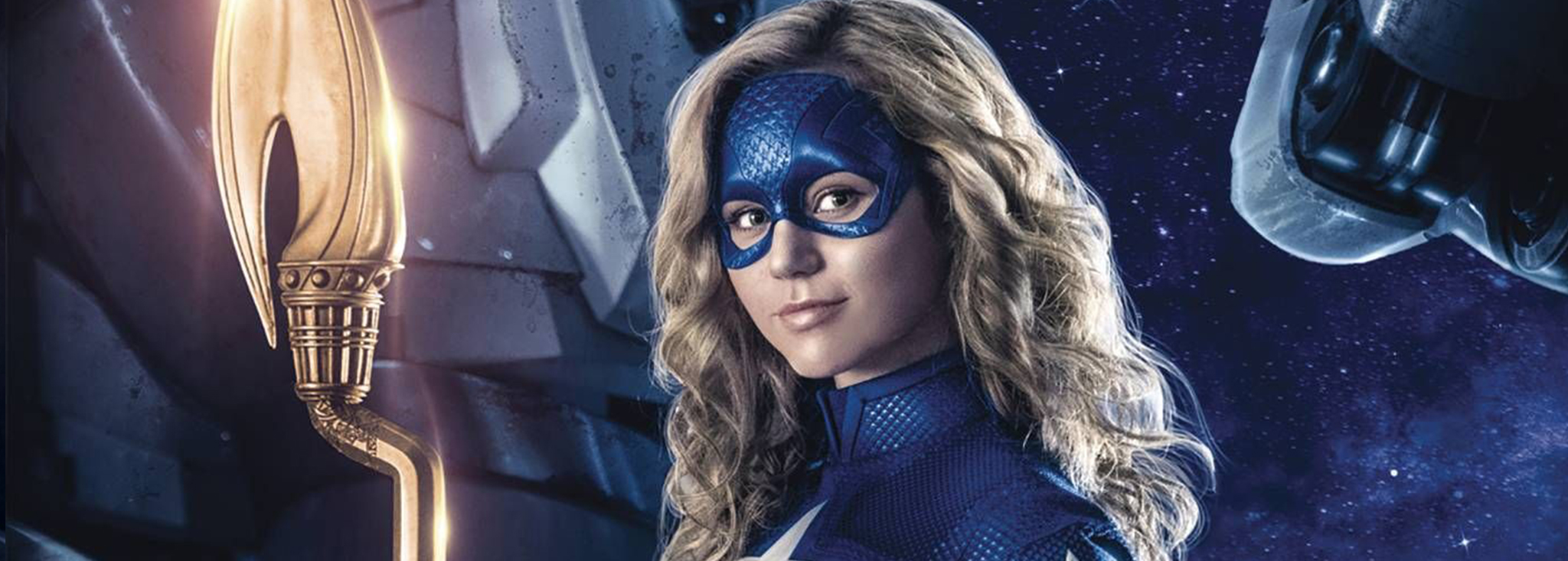
Every week on her podcast Diabetes Connections, Stacey Simms tackles issues and news relevant to...
Read more
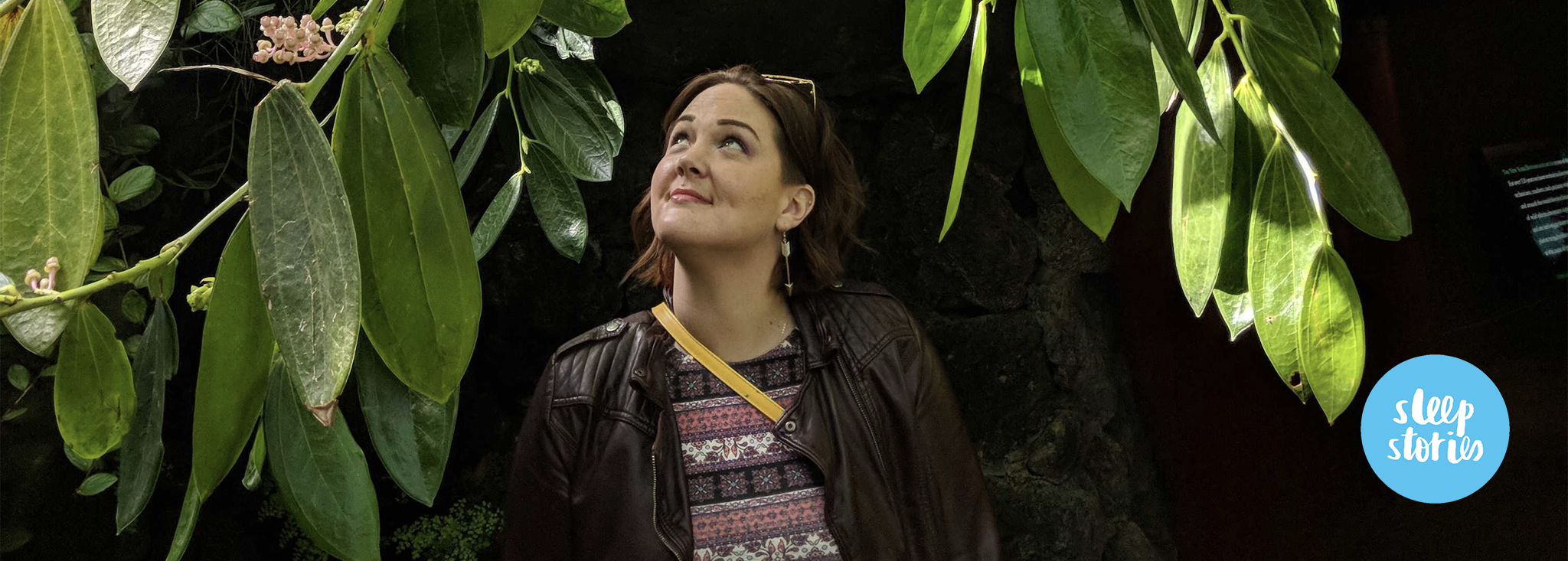
This content was made possible with support from Medtronic Diabetes, an active partner of Beyond...
Read more
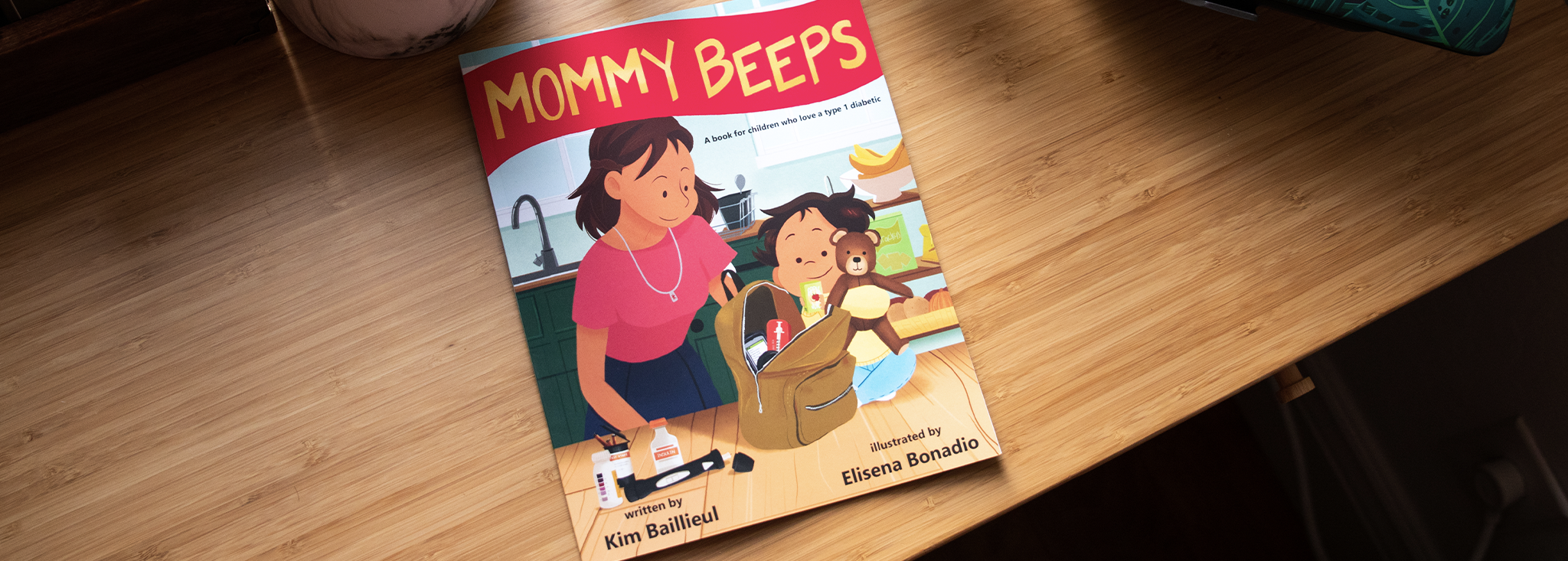
A few years ago, I sat at a park while my then two-year-old son played...
Read more
